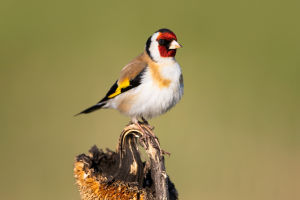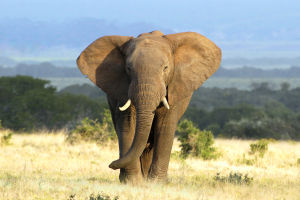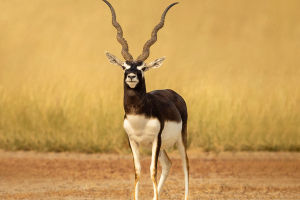The European bee-eater (Merops apiaster) is one of the most colorful and captivating birds in the avian world.
Known for its stunning plumage and fascinating behaviors, this bird is a true spectacle of nature.
A Splash of Color
The European bee-eater is a masterpiece of nature’s palette. Its feathers feature a dazzling combination of green, blue, yellow, and reddish-brown. A black stripe across its face accentuates its bold colors, giving it a striking appearance. This vibrant bird is instantly recognizable and a favorite among birdwatchers.
Habitat and Range
Bee-eaters are widely distributed across southern Europe, northern Africa, and western Asia. During the breeding season, they inhabit open areas with sandy banks, cliffs, and sparse vegetation. In winter, they migrate to sub-Saharan Africa, traveling thousands of kilometers to escape the cold.
Diet and Feeding Habits
As their name suggests, European bee-eaters primarily feed on flying insects, especially bees and wasps. Their hunting skills are remarkable:
Catching Prey Mid-Air: Bee-eaters are agile fliers, snatching insects in flight with precision.
Neutralizing Stings: Before eating, they expertly remove stingers by repeatedly hitting the insect against a hard surface.
This diet plays a vital role in controlling insect populations, making them beneficial to ecosystems.
Behavior and Social Life
Bee-eaters are highly social birds, often found in colonies. They communicate through soft, melodic calls and engage in cooperative behaviors, such as group feeding and shared parenting. These birds also display fascinating courtship practice, with males presenting insects to females as part of their mating display.
Breeding and Nesting
During the breeding season, bee-eaters excavate burrows in sandy banks or cliffs, creating tunnels up to 1–2 meters long. These tunnels lead to nesting chambers where the female lays 4–7 white eggs. Both parents share responsibilities, from incubation to feeding the chicks, ensuring their young are well-cared for.
Conservation Status
While the European bee-eater is currently listed as “Least Concern” by the IUCN, its populations face threats from habitat destruction, pesticide use, and human interference. Protecting their habitats and promoting bee-friendly farming practices are crucial for their conservation.
Attracting Bee-Eaters
Though not common garden visitors, you can attract bee-eaters by creating a bird-friendly environment:
Plant Pollinator-Friendly Flowers: Encourage a healthy population of bees and other insects.
Avoid Pesticides: Protect their food sources by avoiding harmful chemicals.
Support Conservation Efforts: Advocate for the protection of their habitats in your region.
Lykkers, the European bee-eater is a living rainbow that graces the skies with beauty and purpose. Its role in maintaining ecological balance is as vital as its colors are mesmerizing. Let’s celebrate these stunning birds and do our part to ensure their survival for future generations!


